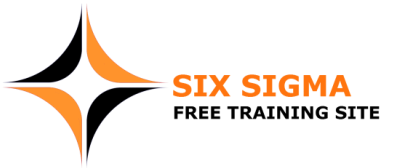Control Plan
The Control Plan is a crucial document that controls the process. The information contained in the Control Plan is used to create detailed Work Instructions for the different workers or operators.
The Control Plan needs to specify the variables of the process, the characteristics the product or service needs to have, and how these characteristics are going to be controlled and measured.
Before you start to create a Control Plan, you should already have completed a Failure Mod & Effects Analysis (FMEA). Since this analysis is very used to try to identify what things can go wrong and how these situations can be prevented, you can withdraw some conclusions out of this analysis and place them on The Control Plan.
The Control Plan needs to specify the variables of the process, the characteristics the product or service needs to have, and how these characteristics are going to be controlled and measured.
Before you start to create a Control Plan, you should already have completed a Failure Mod & Effects Analysis (FMEA). Since this analysis is very used to try to identify what things can go wrong and how these situations can be prevented, you can withdraw some conclusions out of this analysis and place them on The Control Plan.

